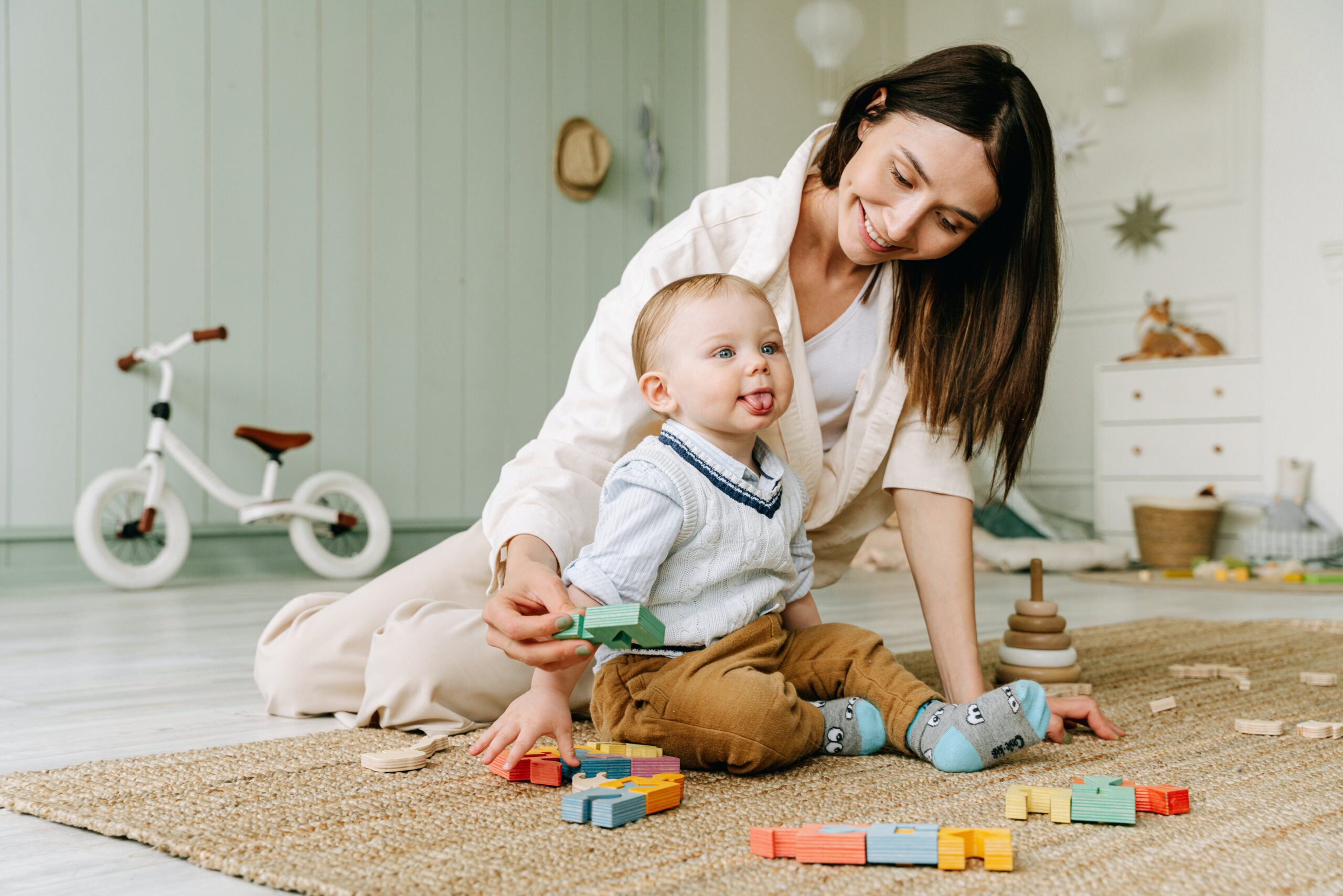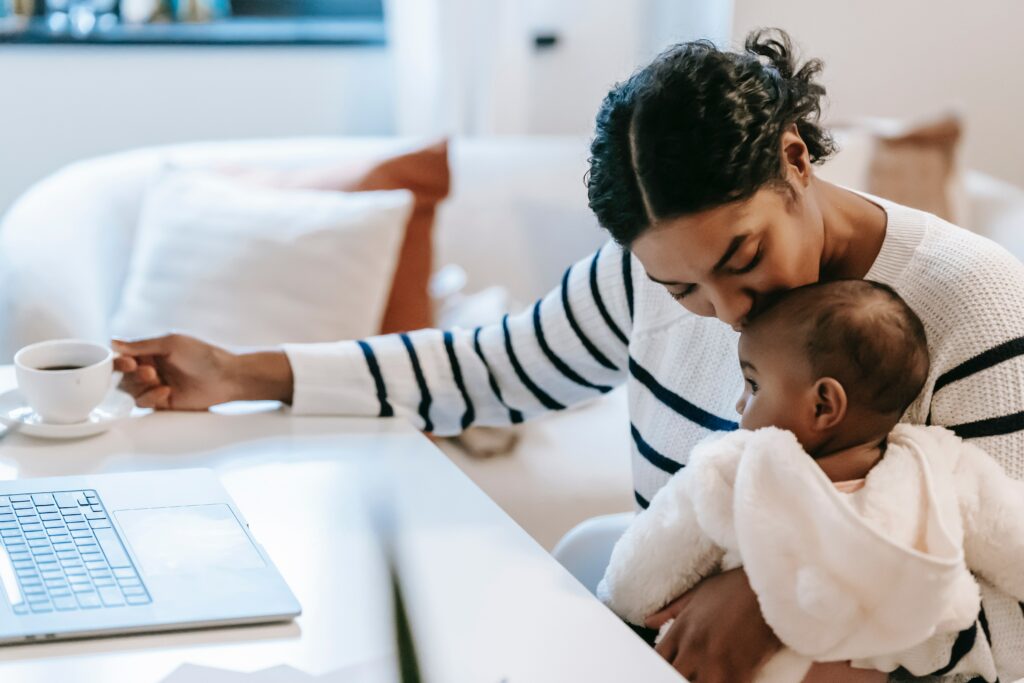We may earn money or products from the companies mentioned in this post.
Last Updated on November 2, 2023 by Samantha Flores
Being a parent is often compared to riding a rollercoaster, where your emotions swing between excitement and panic. In the midst of this ride, there’s always the lurking threat of accidents. These unforeseen turns can quickly turn laughter into gasps before you even have time to say “time out.” That’s why safety is important to consider as a parent.
Mishaps are a natural part of parenting. The key is to transform those gasps into giggles with some precautions. This post aims to be your guide through the chaos, sprinkling it with love, wit, and the wisdom of a mother.
The Realities of Household Hazards
Understanding the risks that exist in our homes goes beyond reciting a checklist; it’s about seeing the world through our children’s curious eyes. As parents, we aren’t onlookers but navigators guiding our little ones on their thrilling journey of exploration.
Scattered Toys
Have you ever experienced that heart-stopping moment when you accidentally stepped on a Lego block in the middle of the night? Toys have the ability to transform your home into a mini obstacle course. From action figures to building blocks– each innocent plaything becomes a tripping hazard that puts your agility and balance to the test.
Slippery Floors
Imagine this scenario: You’re casually walking through your living room when suddenly, your feet lose their grip. What caused this slip? Perhaps a spilled juice, or a stray water droplet, turning your stable ground into a treacherous slope. Slippery floors can add an element of surprise to your routine, challenging your ability to navigate with finesse and poise.
Small Furniture Pieces
Who would have thought that those charming small chairs or adorable side tables could hide dangers? While small furniture pieces may seem harmless, they can quickly transform into adventure playgrounds for kids complete with unforeseen risks. Climbing, toppling over or even just a gentle bump can swiftly turn a corner into an arena of challenges.
Safety Proofing Your Home
When it comes to ensuring the safety of your home, navigating through the maze of hazards can be quite a challenge. However, armed with these strategies, you’re not just safeguarding your living space but also transforming potential dangers into victorious moments on the journey of parenting.
Room by Room Safety Checklist
Let’s start by going through each room and creating a safety checklist that covers every nook and cranny. From the nursery to the garage– every area has the potential to become a danger zone. With a thought-out plan in place, you can tackle them head-on.
- Nursery: Make sure the crib bars are secure especially if your little one is a wiggler. It’s important to have a snug-fitting mattress to avoid any gaps. Don’t forget to keep items out of reach from those curious little hands just to be safe.
- Kitchen: Be sure to lock away objects like knives and make sure the cabinet doors are secure with your parental skills. Keep an eye on those stove knobs too as they can pose dangers.
- Living Room: It’s ideal to anchor furniture to the wall so that there won’t be any impromptu furniture Olympics happening. And let’s not forget about those cords—they have a way of getting tangled up in playtime.
- Bathroom: Fortify cabinets with locks so that curious minds and cleaning supplies stay separate. Always remember to check the temperature during bath time to ensure it remains soothing and pleasant for your kids.
- Garage: Keep sharp objects out of reach. Make sure it’s free from hazards and safely store substances away from aspiring young scientists.
Safety Gadgets
Now let’s talk about some must-have safety gadgets that can be game changers:
- Smoke Alarms: Make sure you strategically mount them throughout your home to detect smoke early on. It’s important to test the safety measures we have in place for our children. A small beep can serve as a reminder that these measures are always on duty and ready to protect them.
- Anti-Tip Straps for Furniture: By anchoring furniture to the wall we can prevent climbers from viewing dressers as conquerable mountains.
- Safety Gates: These allow us to quickly create zones around staircases ensuring that our curious little adventurers do not venture into forbidden territories.
Supervision Strategies for Modern Parents
When it comes to parenting strategies, fostering independence involves more than keeping an eye on our kids. It’s about empowering them to look out for themselves while still allowing them room for growth, exploration and even making mistakes. Striking the balance between being overly protective and giving them freedom is crucial.
Tech as a Safety Tool
Technology can actually be an ally in this parenting journey. Not all screen time is detrimental; some tech tools can serve as companions in ensuring our children’s safety.
- Baby Monitors: Enable us to keep an eye and ear on our ones without needing to be physically present every second. This ensures their well-being when we are not with them.
- Apps for Teen Drivers: This allows us to track their driving behavior and acts as a co-pilot in promoting their safety while they gain independence behind the wheel.
- Location Tracking Apps: Keep track of your child’s whereabouts. Provide a layer of reassurance without invading their privacy.
Teaching Children About Safety
Let’s face it: we can’t be everywhere at once. However, with proper guidance, our little ones can shine when we’re not right by their side.
- Role Playing Games: Transform safety lessons into a fun game that engages and leaves a lasting impression on your child. Practice scenarios like crossing the street or answering the door so they know how to respond when it truly matters.
- Open Conversations: Create an environment where your child feels comfortable asking questions and sharing concerns about safety. Discuss real-life situations emphasizing the importance of caution while still encouraging their curiosity.
- Lead by Example: Children are like sponges; they absorb our habits. Demonstrate practices in life whether it’s wearing seat belts or looking both ways before crossing the street.
Emergency Preparedness: Being Ready for Unexpected Situations
Despite our efforts, life occasionally throws us challenges. That’s when you need to equip yourself with the skills to effectively respond to emergencies.
Essential First Response Skills
You don’t always have to leave your couch to acquire life-saving abilities. Find a spot, grab your device, and explore courses, like CPR and first aid certification online. It’s about using the digital world to protect your loved ones in real life.
Making an Emergency Plan
Having a family game plan is crucial during times of crisis. Get everyone together, grab a pen and paper, and let the brainstorming session begin.
- Fire Escape Strategy: Identify primary and secondary escape routes. Talk about where to meet and stress the importance of staying low if there’s smoke.
- Emergency Contacts: Make a list of contacts so that everyone knows who to reach out to in situations. Save these contacts on everyone’s phones; technology can be really helpful during emergencies.
- Plan for Natural Disasters: Make a plan for natural disasters such as earthquakes, hurricanes, or tornadoes. Choose an evacuation area in your home. Talk about staying calm and following the plan.
Taking Care of Nutrition and Activity
Taking care of our bodies is not a one-time thing but an ongoing effort. By having a diet, being physically active, staying hydrated, and getting sleep, you’re building resilience and promoting a healthier lifestyle that reduces the risk of accidents.
Developing Strong Physical Health
It’s not about having muscles and bones; it’s about taking care of the whole body. Let’s explore the aspects:
- Nutritious Meals: Make sure to include a variety of fruits, vegetables, proteins, and grains in their diet. This will provide them with a balanced plate that fuels their energy levels. You can also get creative by finding ways to incorporate nutrients into their meals.
- Active Playtime: Embrace the joy of playing as it contributes to their physical well-being. Encourage them to engage in activities they enjoy such as dancing, biking or even playing tag in the backyard.
The Importance of Hydration and Sleep
When it comes to preventing accidents and maintaining health, proper hydration and quality sleep play roles.
- Staying Hydrated: Keep water bottles easily accessible so that staying hydrated becomes a natural habit rather than a chore. You can add a slice of lemon or cucumber for an added touch of excitement.
- Good Sleep Habits: Establishing a bedtime routine helps signal the body that it’s time to wind down before sleep. Creating a sleep environment with pajamas and dim lighting can work wonders.
Community Support Systems
Having a supportive community is truly valuable. Let’s explore the aspects of utilizing your community to ensure the safety of your family.
Collaborating with Schools and Playgroups
Teachers, caregivers, and playgroup leaders face similar challenges. Here’s how working together can help navigate those challenges:
- Establishing Open Communication: Regularly communicate with teachers and caregivers exchanging insights about your child while being receptive to their observations.
- Discussing Safety Measures: Engage in conversations about safety protocols in schools and playgroups to ensure everyone is aligned on accident prevention strategies.
The Community’s Role in Family Safety
You know the saying “It takes a village”? Well, it holds true. Neighbors, friends, and local resources all contribute to creating an environment:
- Neighborhood Watch: Stay connected with neighbors and collectively take responsibility for neighborhood safety. Share contact information for communication during emergencies.
- Utilizing Community Resources: Explore resources that offer safety workshops or events. Valuable knowledge from the community can make a difference. Attend community meetings where you might discover safety tips or resources.
Final Thoughts
Being a parent is not an easy task. But with practical measures and a whole lot of love, you are well-prepared to handle the challenges that come your way. So get ready, stay focused on the journey, and always remember that you are capable of handling it all.


